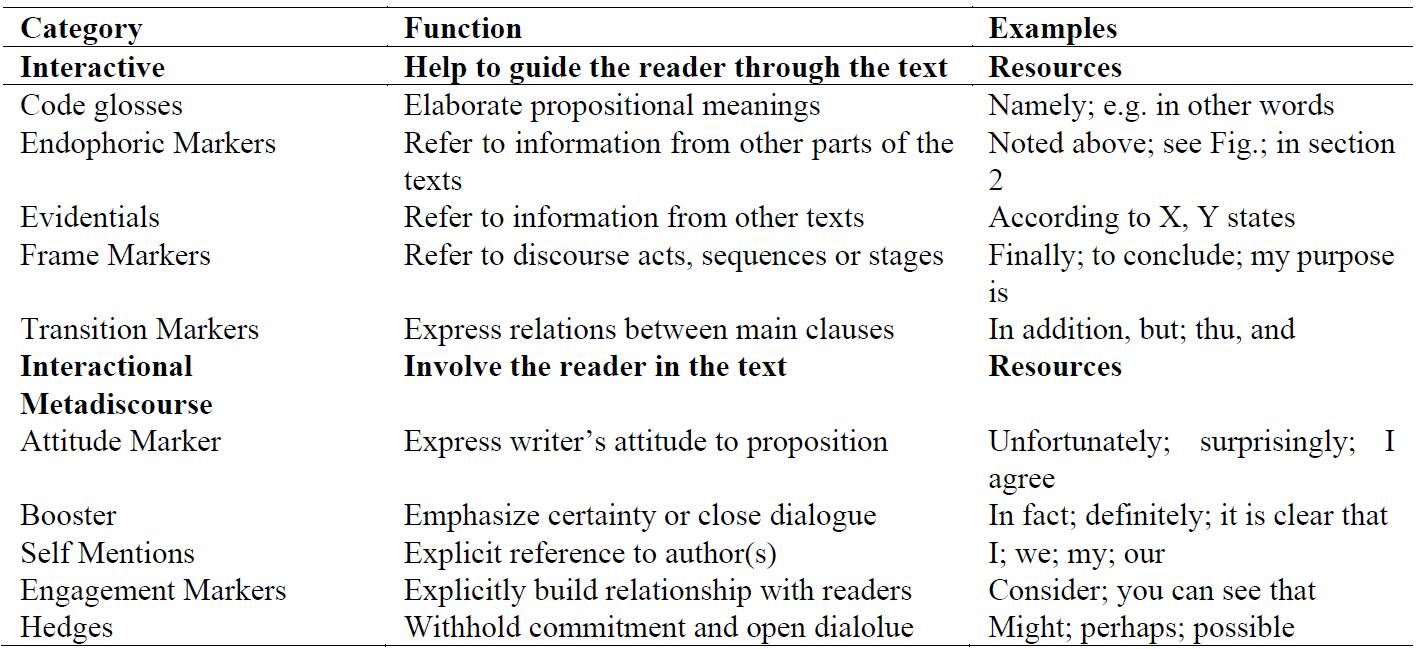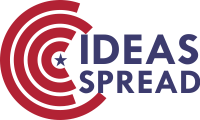Metadiscourse Analysis on CEO-Speak in Public Interviews to Weather Company's Crisis
Abstract
Public interview can serve as an effective means for companies to deal with crisis by answering the doubts and inquiries from the media and the public. With the United States increasing tariffs or other attacks on Chinese goods, more and more companies are facing a crisis. This paper focuses on the deployment of metadiscourse resources and their rhetorical features in almost 40 media’s interviews with a company’s CEO. Major findings are summarized as follows: (1) The CEO’s utterances are highly persuasive, in which self-mentions and transitions occur most frequently. (2) TheCEO pays more attention to the construction of credible appeals and affectiveappeals than rational sppeals. Rational appeals can be realized through transitions, code glosses, frame markers and endophoric markers; ethos through hedges, boosters, self-mentions and evidentials; affective appeals through engagement markers, attitude markers, hedges and self-mentions. (3) Metadiscourse items play an important role in The CEO’s efforts to weather the crisis.
References
[2] Liu, Q., & Wang, G. (2006). 国外企业危机管理理论研究综述. 科学学研究(S1), 255-260.
[3] Amernic, J. H., & Craig, R. J. (2006). CEO speak: The language of corporate leadership. Montreal: McGill-Queen’s University Press.
[4] Amernic, J. H., & Craig, R. J. (2007). Guidelines for CEO-speak: Editing the language of corporate leadership. Strategy and Leadership, 35(3), 25–31. https://doi.org/10.1108/10878570710757966
[5] Annual report. (n.d.). Retrieved from https://www.huawei.com/cn/annual-report.
[6] Aristotle. (2010). Rhetoric (W. D. Ross, Trans.). London: Oxford University Press.
[7] Crismore, A. (1989). Talking with readers: Metadiscourse as rhetorical act. Peter Lang, New York.
[8] Halliday, M. A. K. (1994). An introduction to functional grammar (2nd ed.). London: Edward Arnold.
[9] Hyland, K. (1998a). Hedging in scientific research articles. Amsterdam: John Benjamins.
Hyland, K. (1998b). Exploring corporate rhetoric: Metadiscourse in the CEO’s letter. Journal of Business Communication, 35(2), 224–245. https://doi.org/10.1177/002194369803500204
Hyland, K., & Tse, P. (2004). Metadiscourse in academic writing: A reappraisal. Applied Linguistics, 25(2), 156-177. https://doi.org/10.1093/applin/25.2.156
[10] Hyland, K. (2008). Metadiscourse. London: Continuum.
[11] Mauranen, A. (1993). Cultural differences in academic rhetoric. Frankfurt: Peter Lang.
[12] Riaz, S., Buchanan, S., & Ruebottom, T. (2016). Rhetoric of epistemic authority: Defending field positions during the financial crisis. Human Relations, 69(7), 1533–1561. https://doi.org/10.1177/0018726716633335
[13] Seeger, M. W., Ulmer, R. R., Novak, J. M., & Sellnow, T. (2005). Post-crisis discourse and organizational change, failure, and renewal. Journal of Organizational Change Management. https://doi.org/10.1108/09534810510615051
[14] Vande Kopple, W. J. (1985). Some exploratory discourse on metadiscourse. College Composition and Communication, 26, 82-93. https://doi.org/10.2307/357915
[15] Vignone, M. J. (2012). Family, buildings, and wars: Organizational conceptual metaphors. OD Practitioner, 44(1), 34–37.


This work is licensed under a Creative Commons Attribution 4.0 International License.
Copyright for this article is retained by the author(s), with first publication rights granted to the journal.
This is an open-access article distributed under the terms and conditions of the Creative Commons Attribution license (http://creativecommons.org/licenses/by/4.0/).









1.png)














